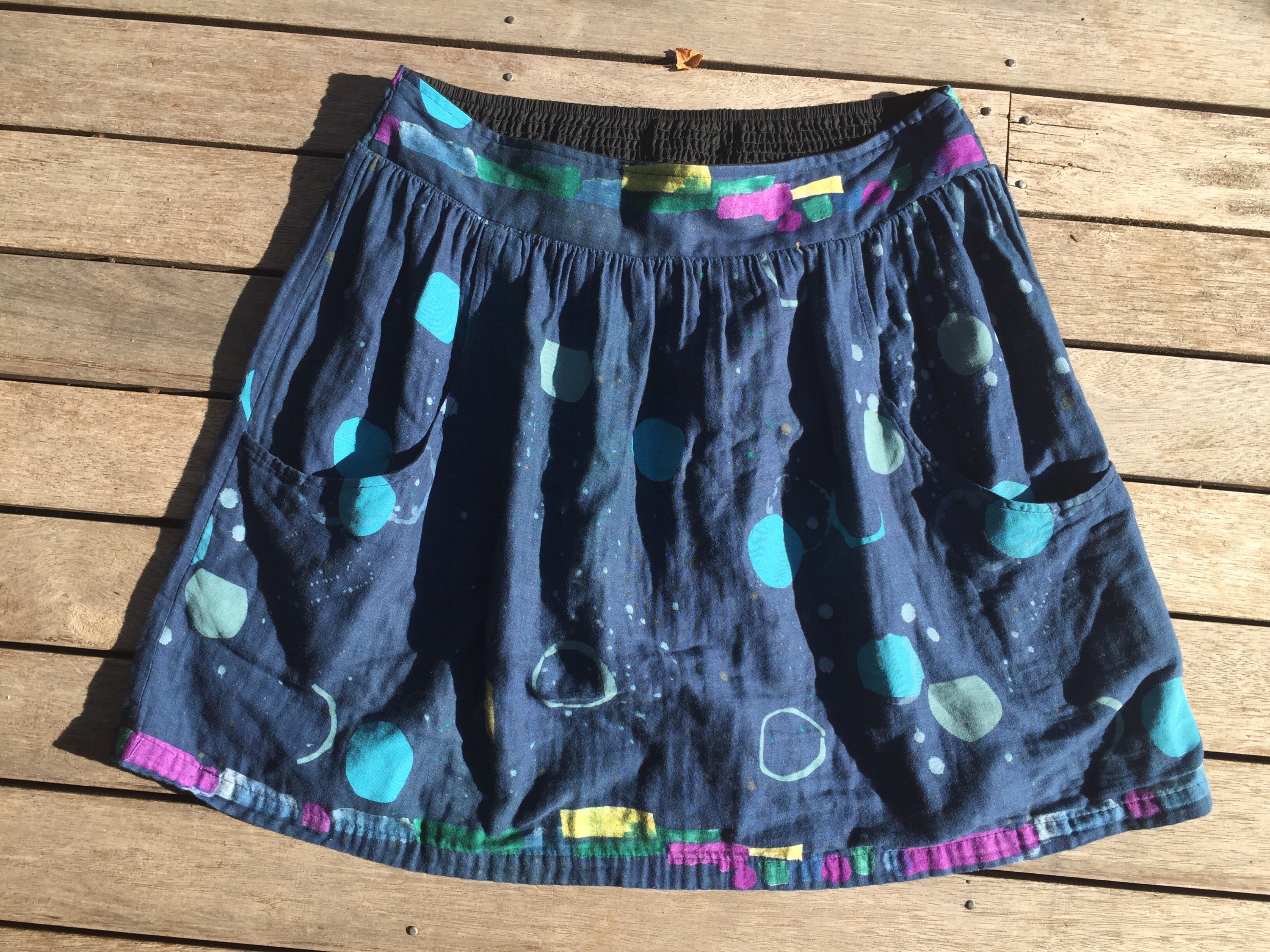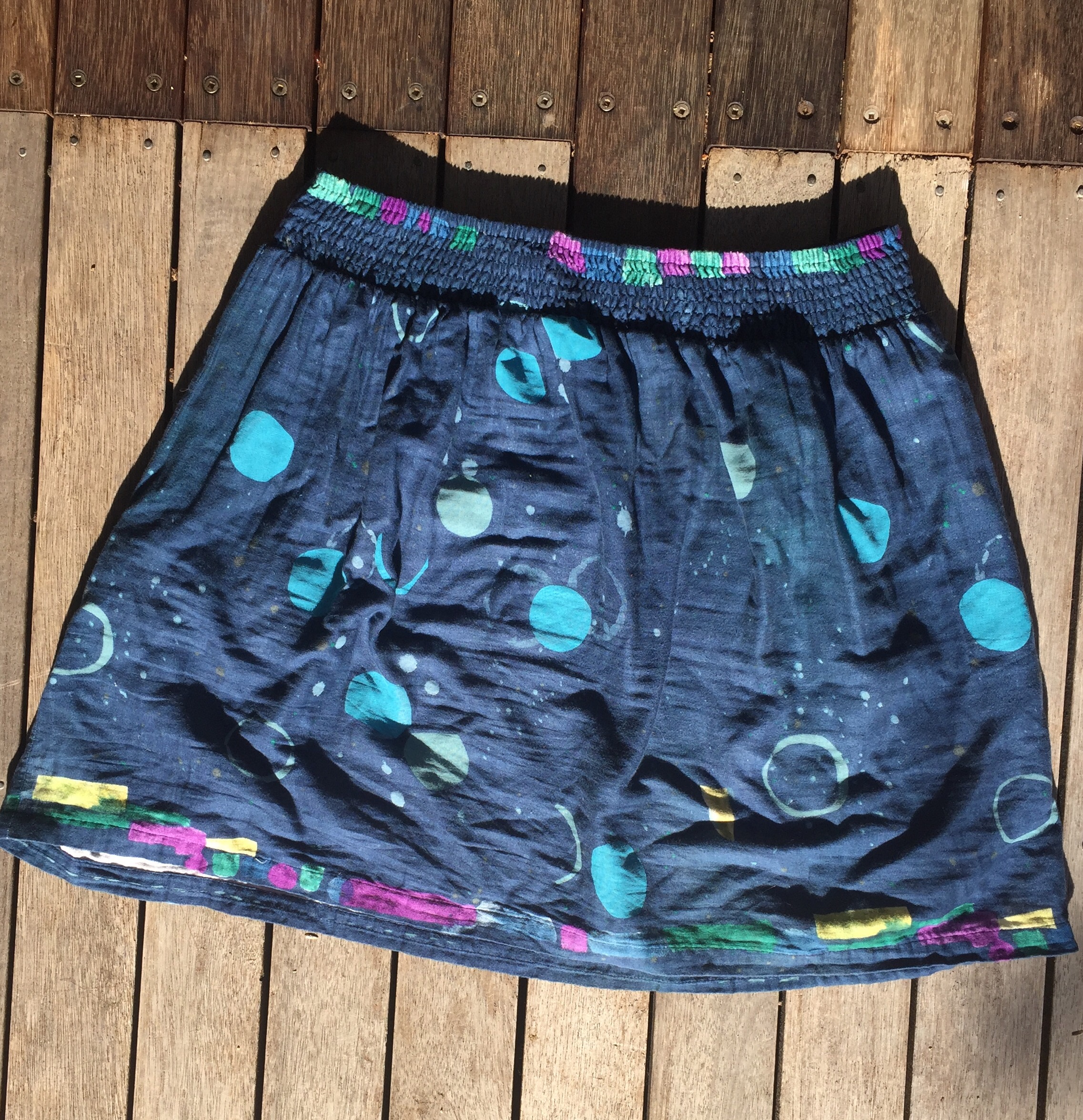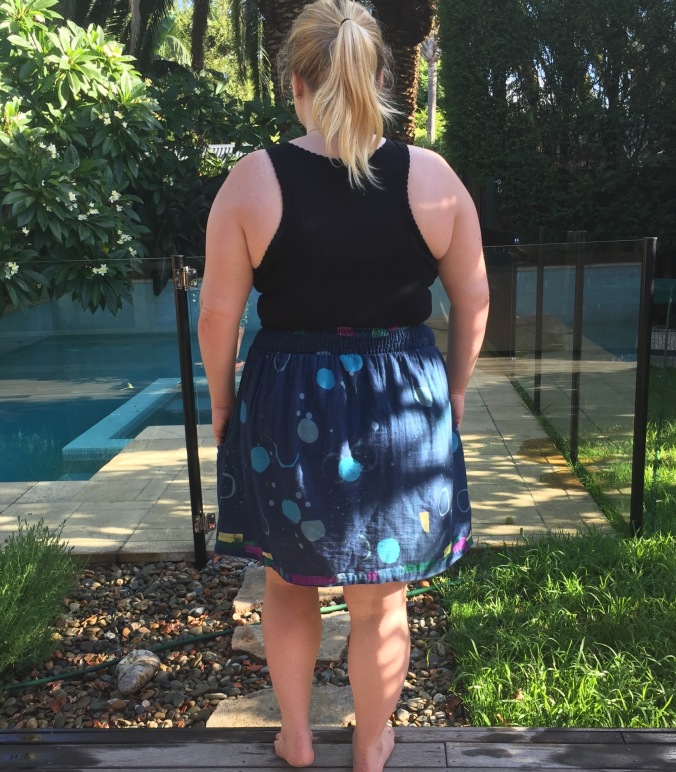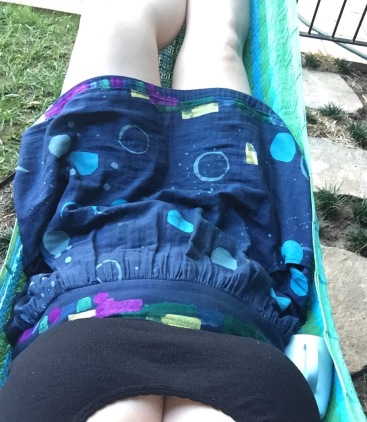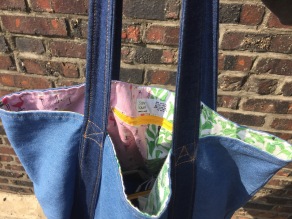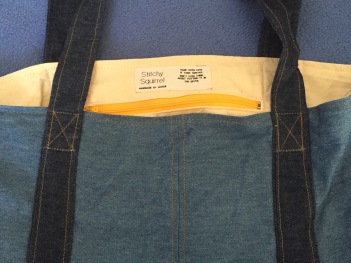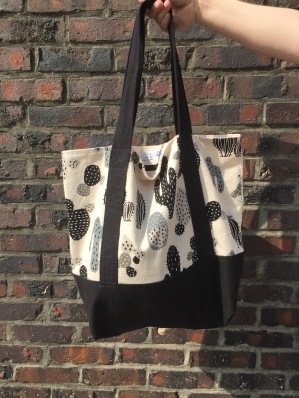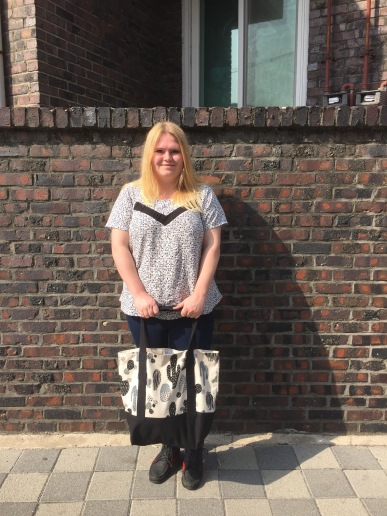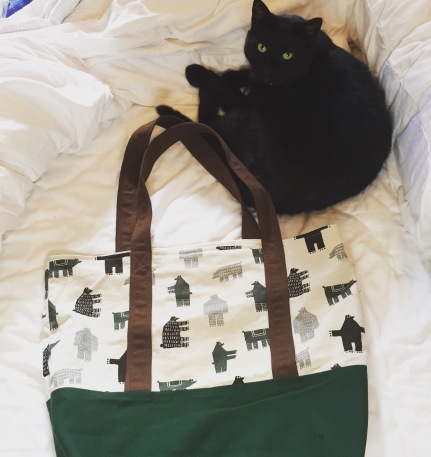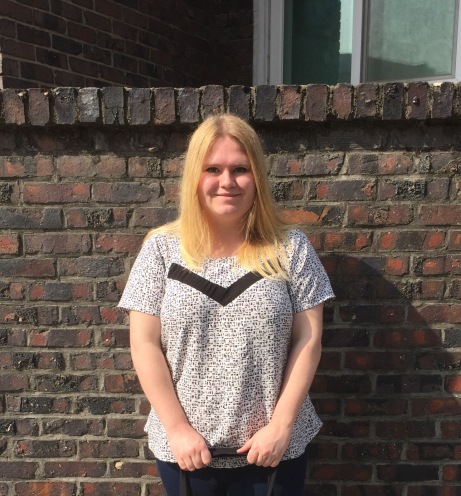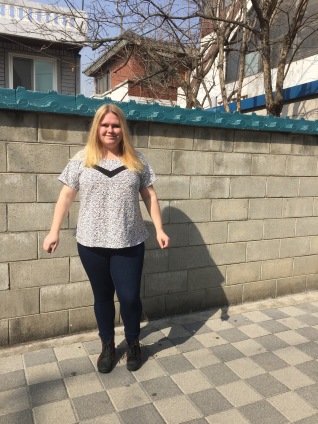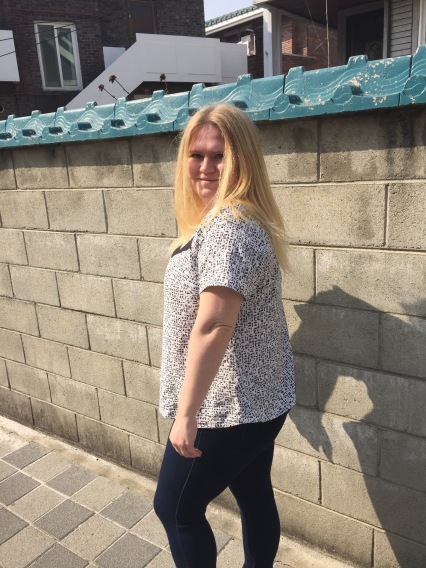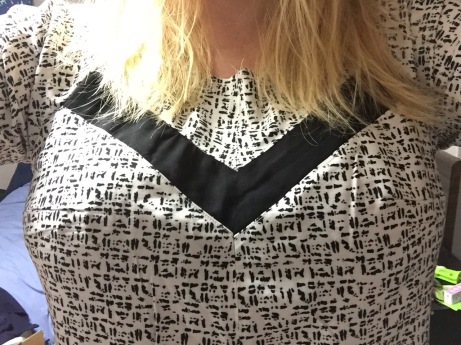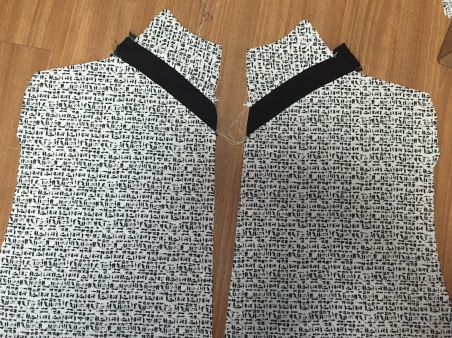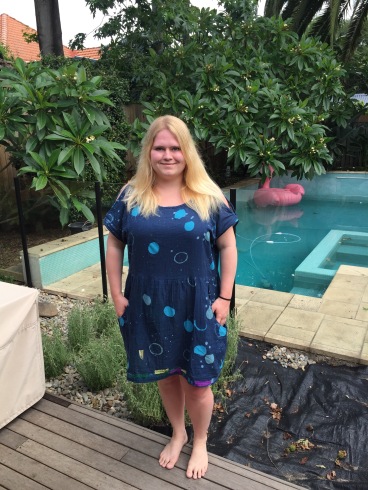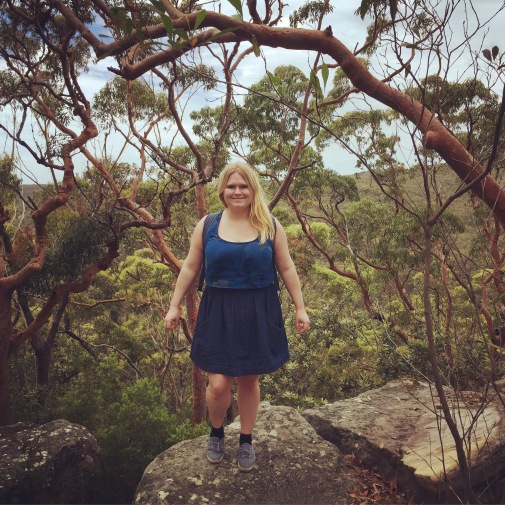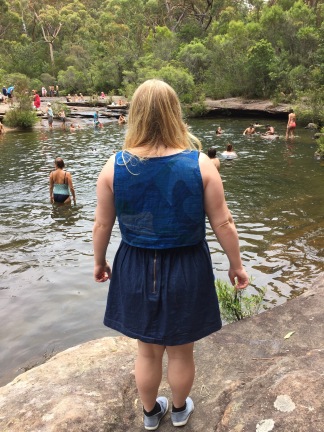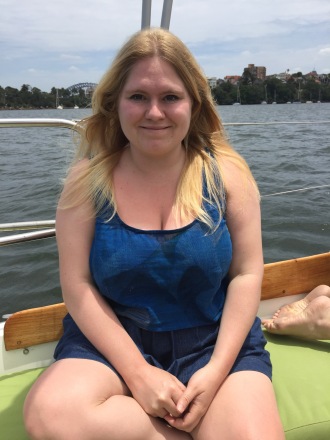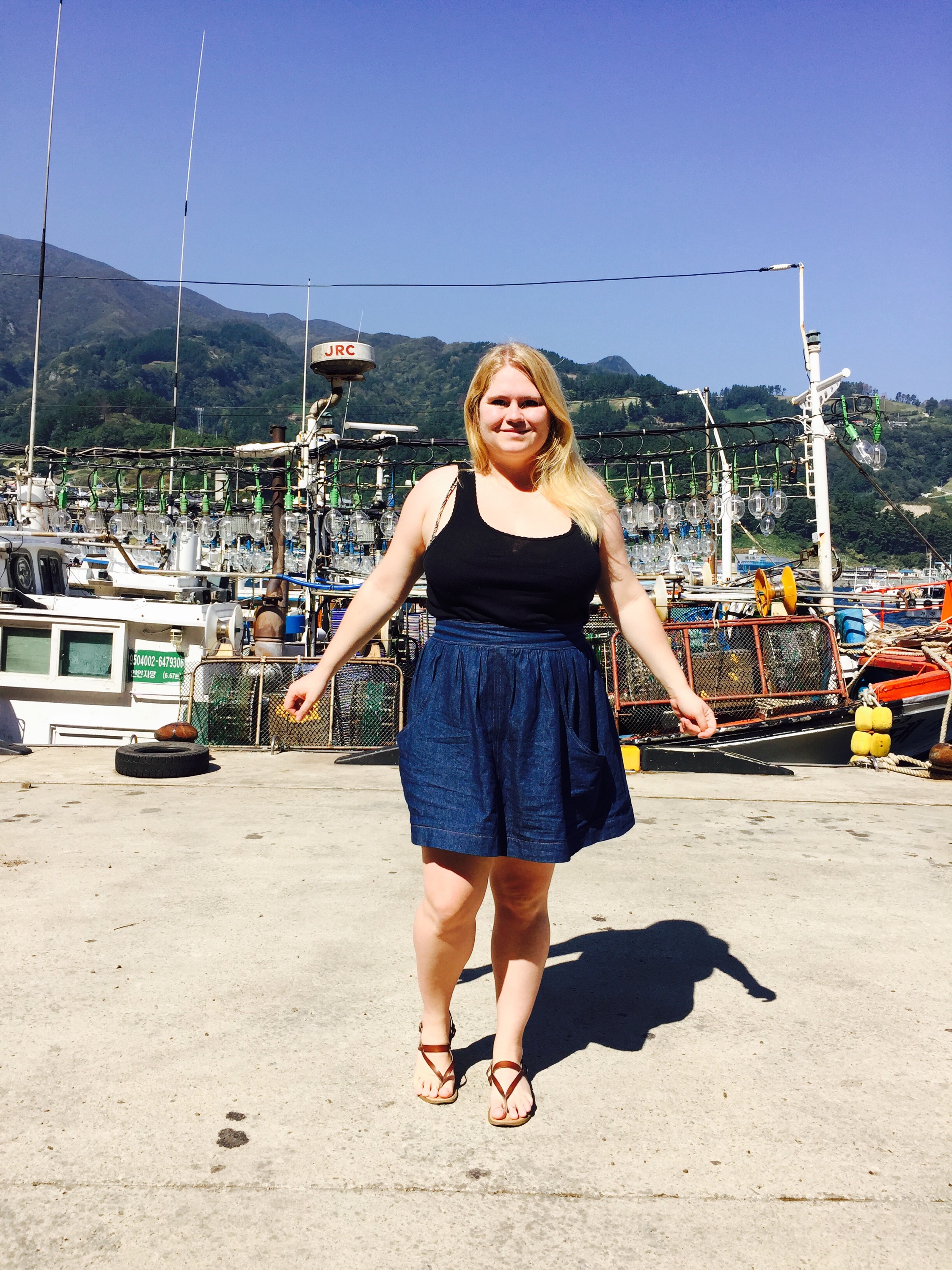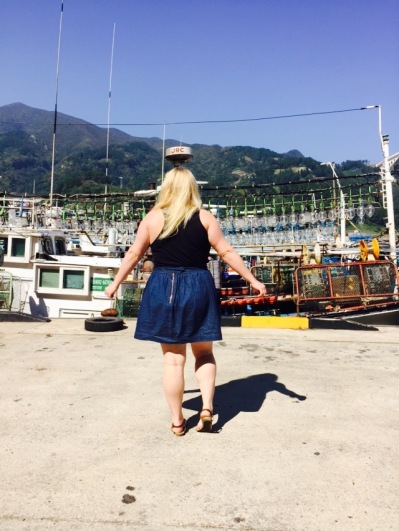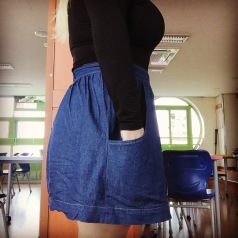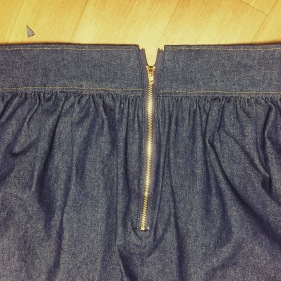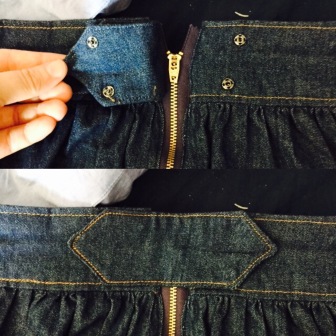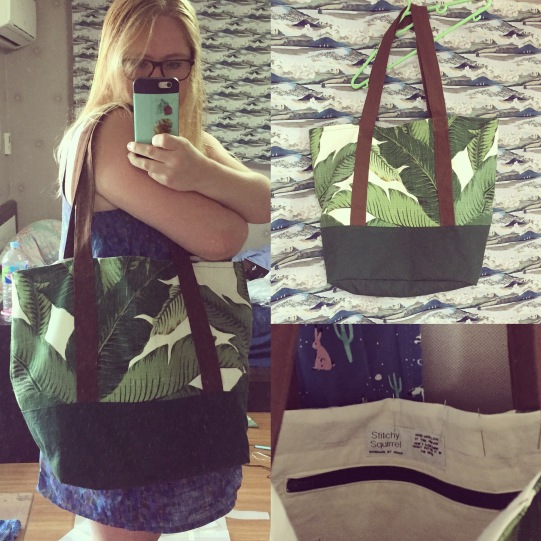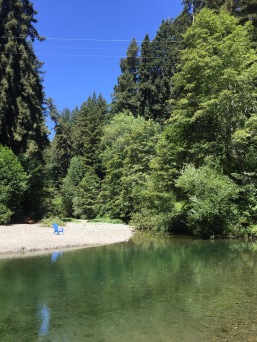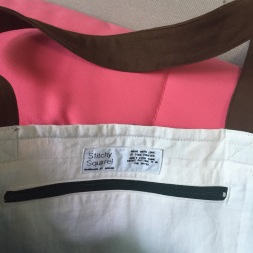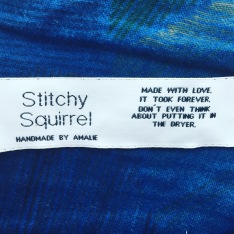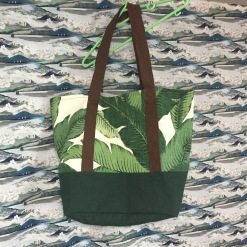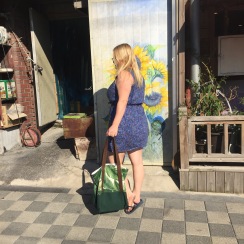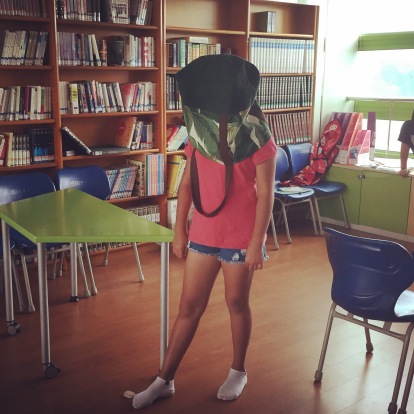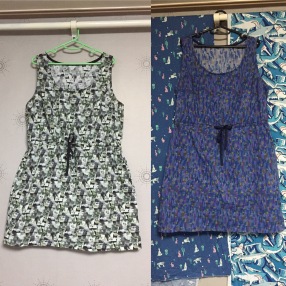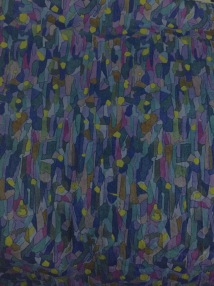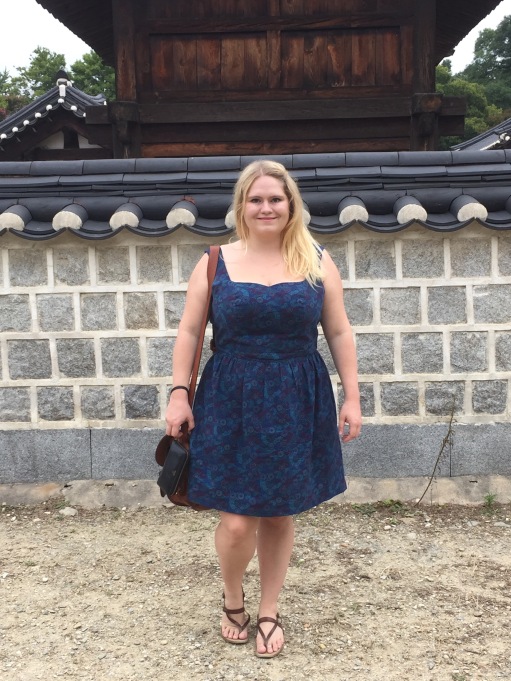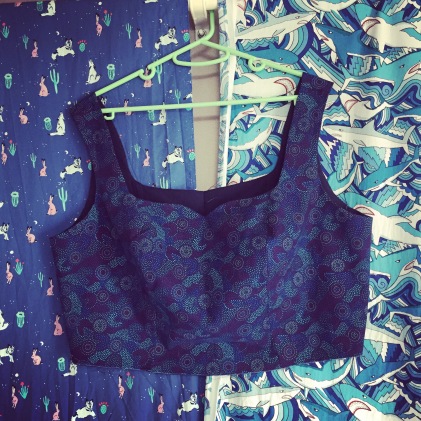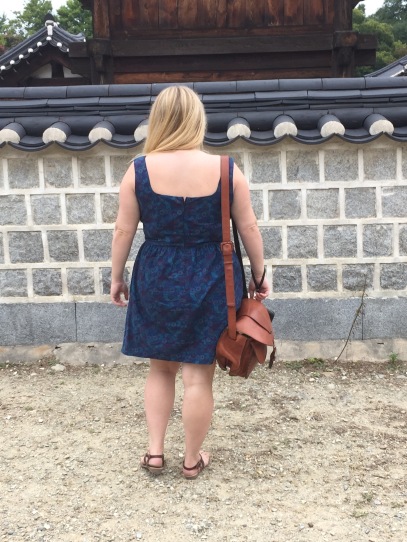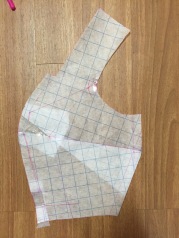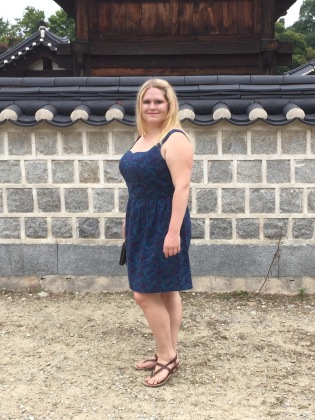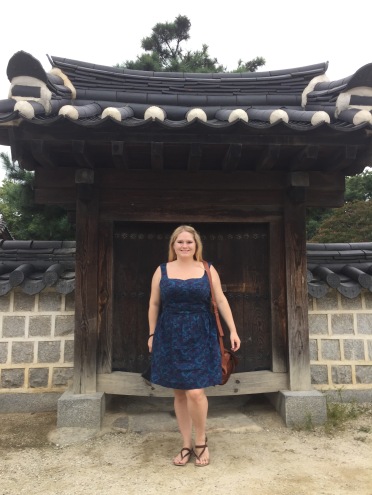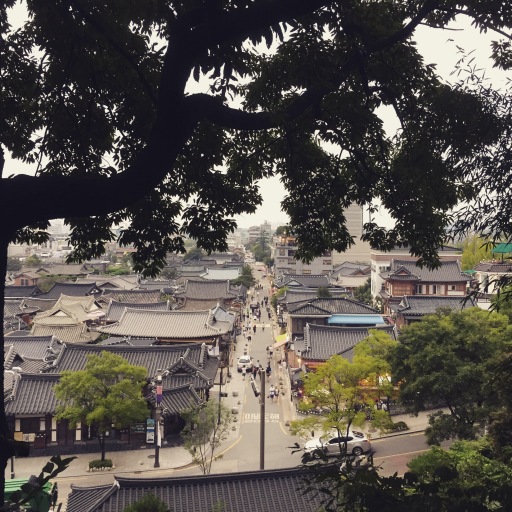Let’s just gloss over the fact that I haven’t used this blog in literally years, and get straight to the point.
This robe. It’s a bit special, as it’s an example of extremely rare (for me) selfless sewing. I made it for my little sister for Christmas– I’ve been promising to sew her something for ages– and she seemed really happy with it.
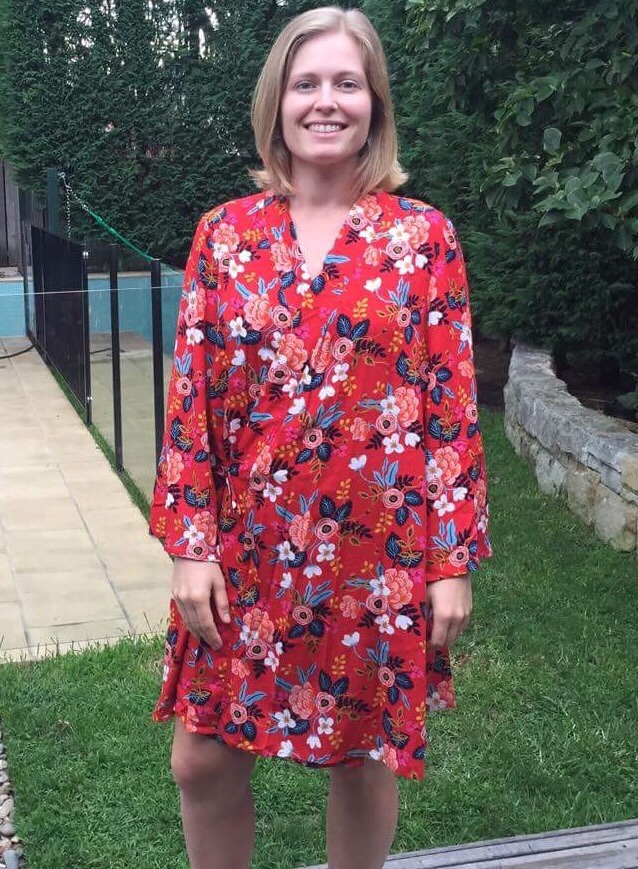
The pattern is M6659 from McCall’s Patterns, sewn up in lovely Rifle Paper Co rayon, printed by Cotton + Steel. The print is Birch Floral in Crimson, bought from fabric.com.
The fabric is everything I wanted it to be. Vivid color, lovely drape. Just perfect for a cool, summery robe. I wouldn’t hesitate to buy Cotton + Steel Rayon again, I can’t think how it could be any better. In fact, I’ve got three more cuts of the stuff in different prints, waiting to be turned into more robes.
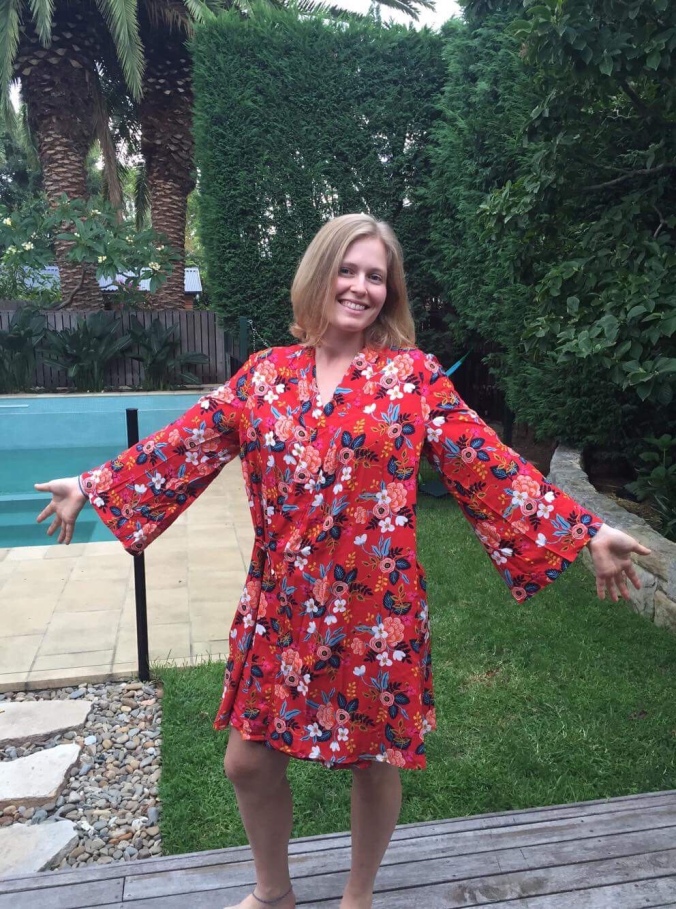
The pattern was not everything I wanted it to be, although it got the job done.
I modified it to add ties instead of a belt (much less prone to slipping open), a loop at the back neck for hanging on a hook, and pockets. It drives me nuts how many patterns don’t include pockets– why on earth would anyone want to go without them! It seems so simple for the designers to just include them, and saves the person sewing the hassle of figuring out where to place them. I firmly believe pockets should just be standard. I love all three of these modifications, and will definitely make sure that any robe I sew has them.
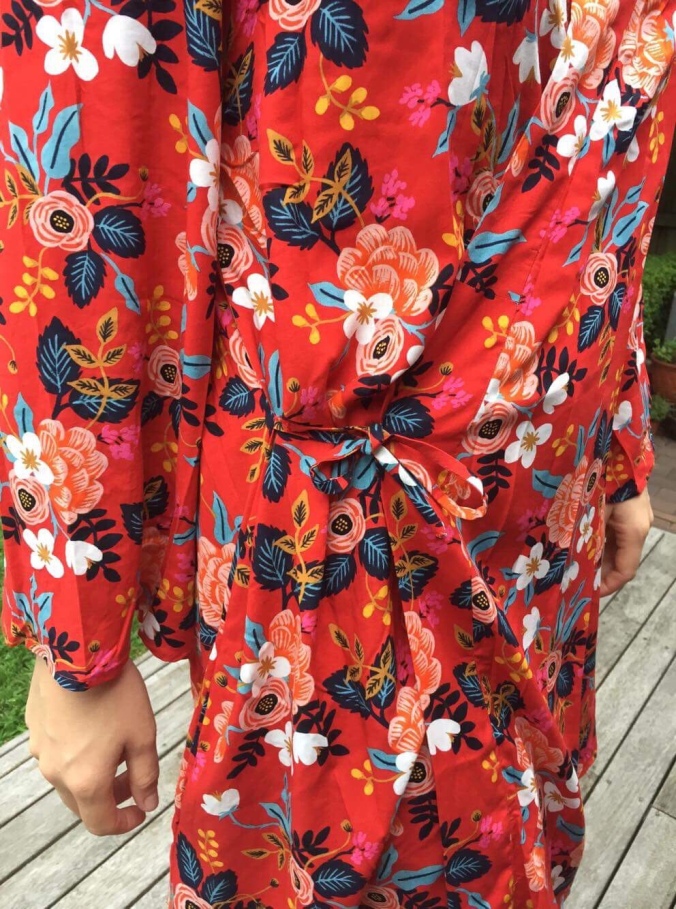
I also made some minor fit alterations. My sister is B37.5″, W30.3, H41.5″. The size 16 size chart measurements are 38-30-40, so I went with that. She was closer to a size 18 (42″) in the hips, but due to the loose fit there, it was fine. The only alterations I made were sleeve length and hem length– the sleeves were ridiculously long, while the robe itself was excessively short. I took off 2″ at the sleeve hems, and added 2″ to the robe length. My sister is quite tall, so I imagine that most people would need to shorten the sleeves. As for length, well, if you want to lounge comfortably without putting on a show, a bit of extra length is definitely a good idea! I did make the shorter variation of the robe, the longer variation is probably about mid calf length. On the pattern the short version is shown being worn over pajama pants, but I prefer to wear robes on their own. My sister has been wearing hers over her swimsuit, by the pool.
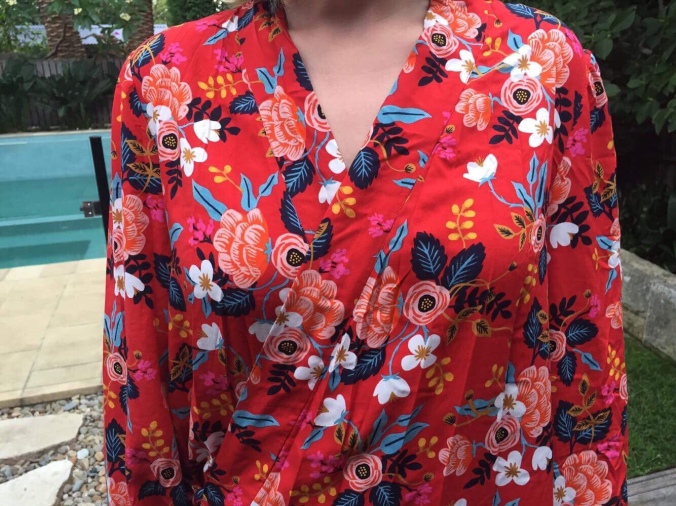
The biggest point of dissatisfaction I have about this pattern is that the armholes/upper sleeves are a bit tight. Tighter than you’d want for a casual robe (are formal robes a thing?). My sister has relatively slim arms, so it’s still definitely wearable, but it’s still slightly tighter than I’d like. I read this in the reviews before making the pattern, so seems i’m not the only one who has found this issue. If you make this pattern for someone whose arms aren’t relatively slim, keep in mind that you may need to do some alterations there.
Another issue was that I was unable to fit all the pieces on my fabric. The pattern called for 4 3/8 yards of 45″ wide fabric, for both the robe and belt. I had 4 1/2 yards of 44″ wide fabric, and it wasn’t enough. I should have laid out the pieces according to the instructions, to see if that 1″ really made the difference– I kind of doubt it, but I didn’t check. The problem may have been that I lengthened the robe 2″, but I’m not sure. In the end, I had to cut each neck band in two pieces. The fanric is busy enough, fortunately, that the seam isn’t visible.
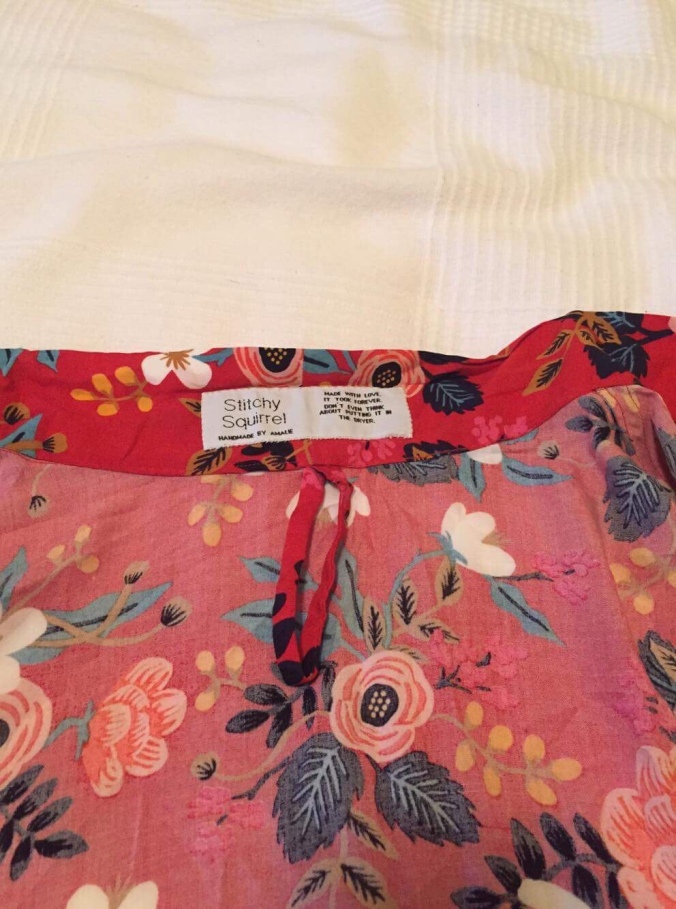
My next sewing project will be a robe for my mum. I’m worried about the sleeve/armhole fit, and I can’t be bothered to fuss with major alterations on something like this, so I’m planning to abandon ship on this pattern and try out the Suki Kimono pattern by Helen’s closet. It seems pretty popular, and I’m eager to compare. I think I’ll use that for a robe for myself, too– will post about how that goes.

